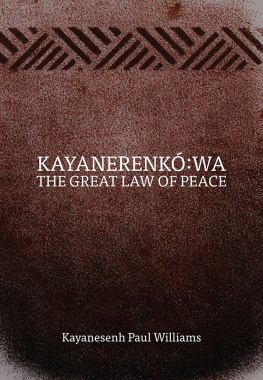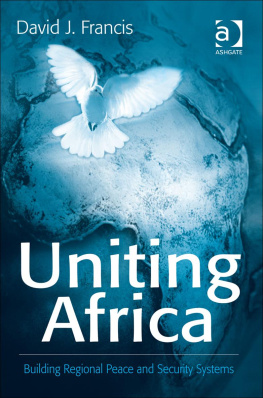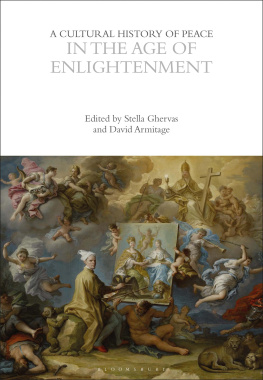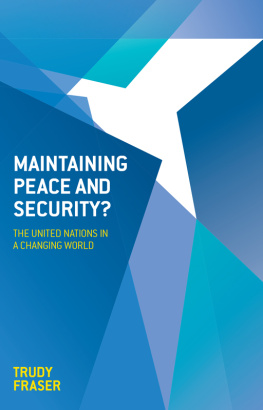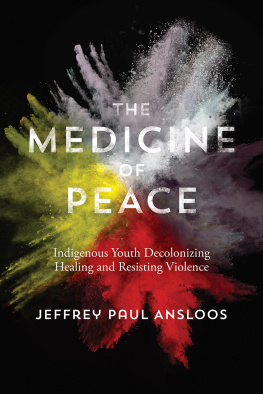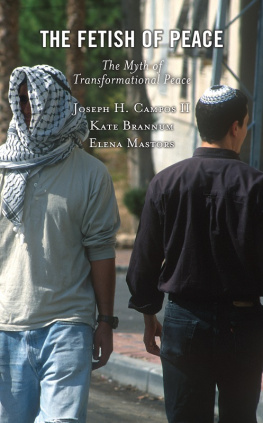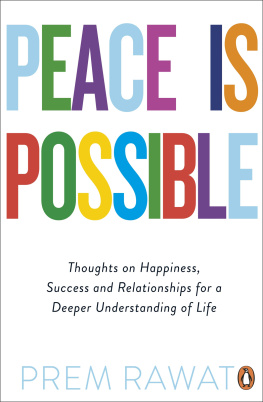KAYANERENK:WA
THE GREAT LAW OF PEACE
KAYANERENK:WA
THE GREAT LAW OF PEACE
Kayanesenh Paul Williams
Kayanerenk:wa: The Great Law of Peace
Kayanesenh Paul Williams 2018
22 21 20 19 18 1 2 3 4 5
All rights reserved. No part of this publication may be reproduced or transmitted in any form or by any means, or stored in a database and retrieval system in Canada, without the prior written permission of the publisher, or, in the case of photocopying or any other reprographic copying, a licence from Access Copyright, www.accesscopyright.ca, 1-800-893-5777.
University of Manitoba Press
Winnipeg, Manitoba, Canada
Treaty 1 Territory
uofmpress.ca
Cataloguing data available from Library and Archives Canada
ISBN 978-0-88755-821-4 (paper)
ISBN 978-0-88755-193-2 (cloth)
ISBN 978-0-88755-556-5 (pdf)
ISBN 978-0-88755-554-1 (epub)
Cover design by Kirk Warren
Cover art by Arnold Jacobs
Interior design by Karen Armstrong
Printed in Canada
This book has been published with the help of a grant from the Federation for the Humanities and Social Sciences, through the Awards to Scholarly Publications Program, using funds provided by the Social Sciences and Humanities Research Council of Canada
The University of Manitoba Press acknowledges the financial support for its publication program provided by the Government of Canada through the Canada Book Fund, the Canada Council for the Arts, the Manitoba Department of Sport, Culture, and Heritage, the Manitoba Arts Council, and the Manitoba Book Publishing Tax Credit.
Contents
About Names
To name something or someone is an act of power. In Genesis, God gave Adam authority to name the animals. The naming confirmed dominion over them. European explorers all over the world renamed places, mountains, and waters after their own people, eclipsing original names and the peoples who gave them. The people who provided the information and inspiration for this book often had several names in the course of their lifetimes. For the Haudenosaunee, peoples personal names have coexisted with their European names for more than three centuries. Today, it is common to refer to real names and English names, using the former for some purposes and the latter for others.
To use only English names would disrespect peoples identities. To use only their Haudenosaunee names would lead to confusion when it came time to cite their publications or quote from historical accounts of their deeds and words.
My solution has been to adopt the approach taken by the Haudenosaunee Documentation Committee for Haudenosaunee citizenship documents: that is, to place a persons Haudenosaunee name as that persons first name. This is consistent with the concept of the name being n:kwe , first or original. The first reference in this text to any individual would follow this rule: Joagquisho Oren Lyons, for example.
Where a person has only a Haudenosaunee name or only a European name, there is no issue: Tekanissorens and Woodrow Wilson stand as they are.
Where an individual becomes a roy:ner, a Confederacy chief, I deliberately use his title, which replaces his original name. Thus, Hai:wes became Deskahe Steven Jacobs. Using both the English name and the title helps to distinguish individuals and at the same time to acknowledge the continuity of titles: there have also been Deskahe Levi General, Deskahe Alexander General, and Deskahe Harvey Longboat. When referring to people who are no longer living, I have not used the traditional suffix ken after their names. It would have been correct, but it would have meant further confusing those unfamiliar with Haudenosaunee customs.
I had considered distinguishing between people who had been born Haudenosaunee and people who had received names through adoption. Since the law does not distinguish between them, I will not do so either. Warraghyhagey William Johnson and Dayodekane Seth Newhouse are named in the same way.
Treating Haudenosaunee names as first names provides a solution to the issue of citations in footnotes. When an individual is mentioned for the first time, I use his or her full name. Subsequent references to the individual will use only the surname, unless it is necessary to distinguish between several individuals with the same surname.
Its complicated. Its important. Its right. Youll get used to it.
Ohen:ton Karihwatkwen: Words Before All Else

